Wednesday 12th March 2025, Beckbury Meadows
This visit concentrated on the grasslands surrounding the Mad Brook, close to Harrington Hall.
I was absent, holidaying in Norfolk.
You will be pleased to know that no-one has given me a detailed report from the day other than the few words I will use below. So, there will be no need to wade through my waffling to get to the photographs.
You will be glad to know that I have been sent lots of photographs.
The group met in the farmyard, then, as I was not there to jolly them along, usually unsuccessfully, they walked the ¼ mile or so straight to the site.
I found this very hard to believe, but I have heard it from more than one source!
Here they are on their way.
Upon entering the field bordering the Mad Brook, they, as one member of the group put it, “remembered they were Joy of Wildlife and did not move again until lunchtime”!
Here is the Mad Brook on its way to join the River Worfe a mile or so further downstream.
The reason for their reluctance to move was not idleness, but that the habitat they found themselves in was very productive and worth exploring in detail.
After lunch they did try and access another part of the site upstream but were unable to find a suitable way in, so they amused themselves looking at accessible areas nearby.
That’s it.
Here are the photographs, roughly in the order they were found during the day.
We start with a new species for the group, a Horse leech, Haemopsis sanguisuga.
A Hairy snail, Trochulus hispidus.
A snail-killing fly, Hydromya dorsalis.
A Red marsh ladybird, Coccidula rufa.
A spider, a juvenile female Araniella species.
The tiny flower of a Hazel.
A Common striped woodlouse, Philoscia muscorum.
A beetbug, Piesma maculatum.
A ground beetle, Demetrias atricapillus.
A Brooklime leaf beetle, Prasocuris junci.
A rather cute weevil, Ceutorhynchus erysimi.
An rather angular spider, aptly named Episinus angulatus.
A springtail stalking beetle, Notiophilus bigattatus.
A rove beetle, a Stenus species, and a Meadow ladybird, Rhyzobius litura.
A Footman moth larva.
A Clouded-Bordered Brindle moth larva.
A Celery leaf beetle, Phaedon tumidulus.
A lacebug, Tingis cardui.
Another rove beetle and. this time, one we could identify, Anthobium atrocephalum.
A ground beetle, Paradromius linearis.
A Bronze shieldbug, Troilus luridus.
Another weevil, Sitona lineatus.
A froghopper, Stenocranus minutus.
When I first saw the next photograph, I had no idea what it was. I have been told it is a flatworm, Dendrocoelum lacteum.
They are found under submerged stones and under leaves at the edge of watercourses, They feed on small invertebrates found in the water.
My thanks to the owner for granting us permission to do what we enjoy doing and the photographers for their excellent images and allowing me to use them in this report.







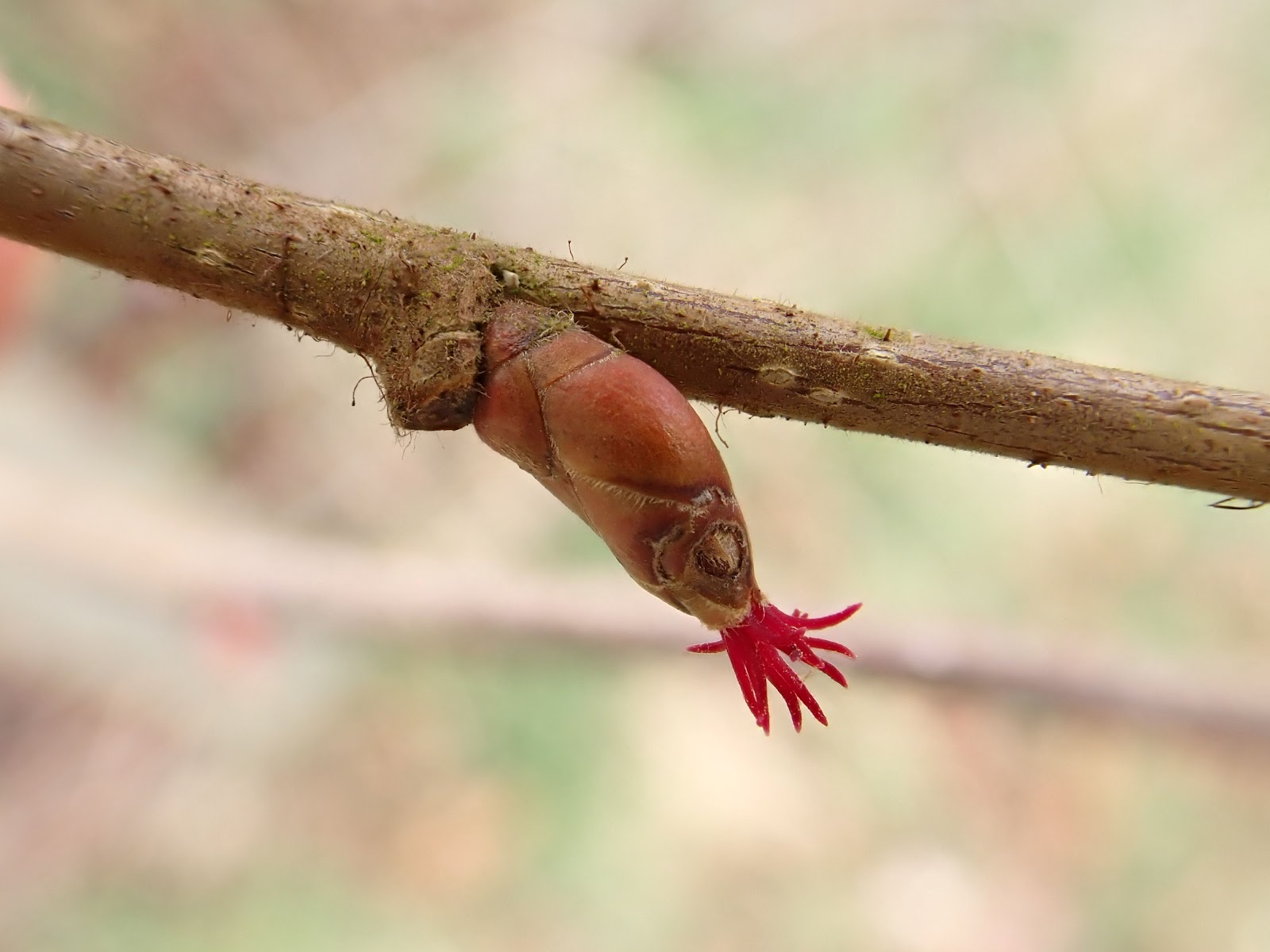




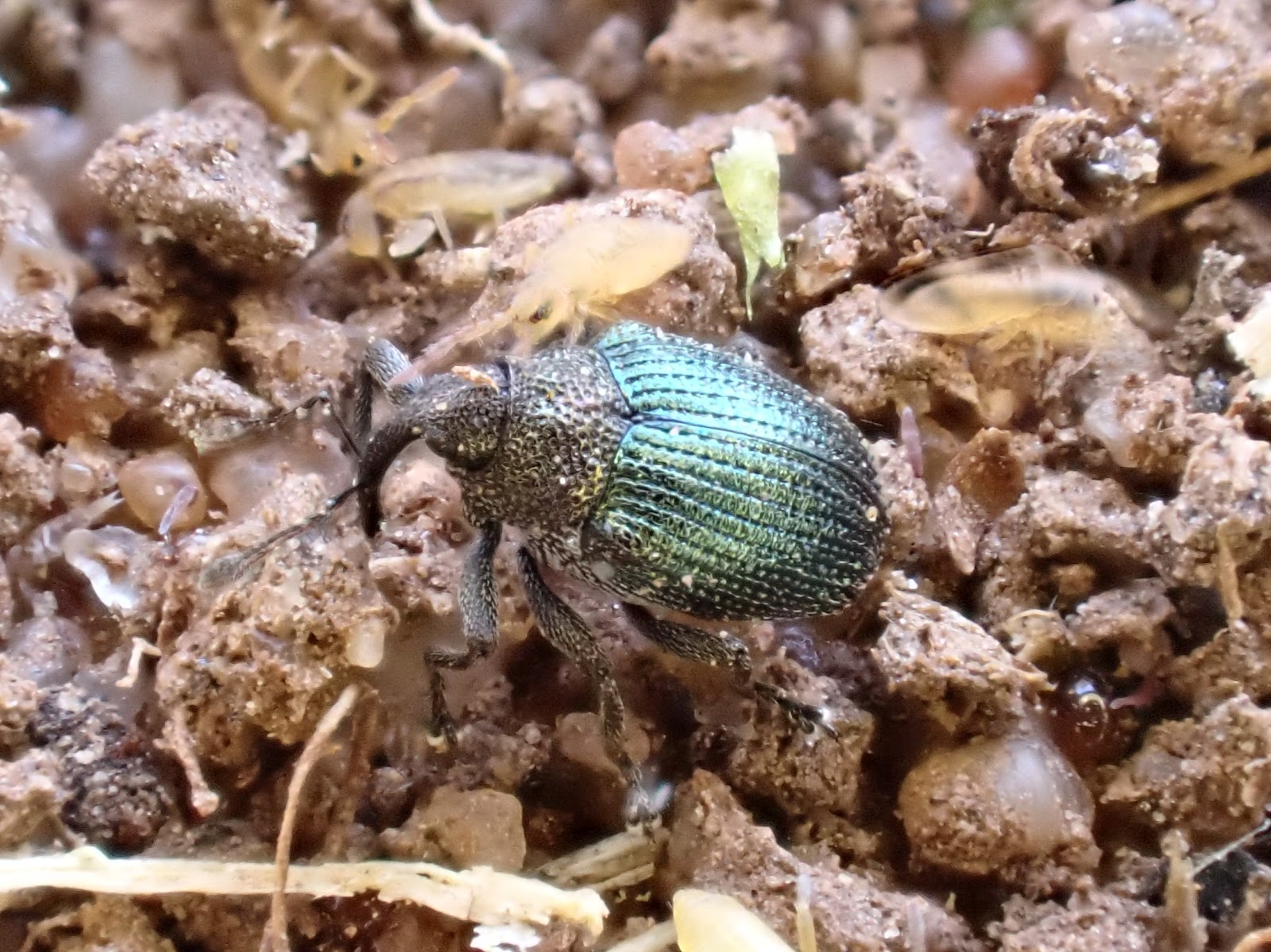









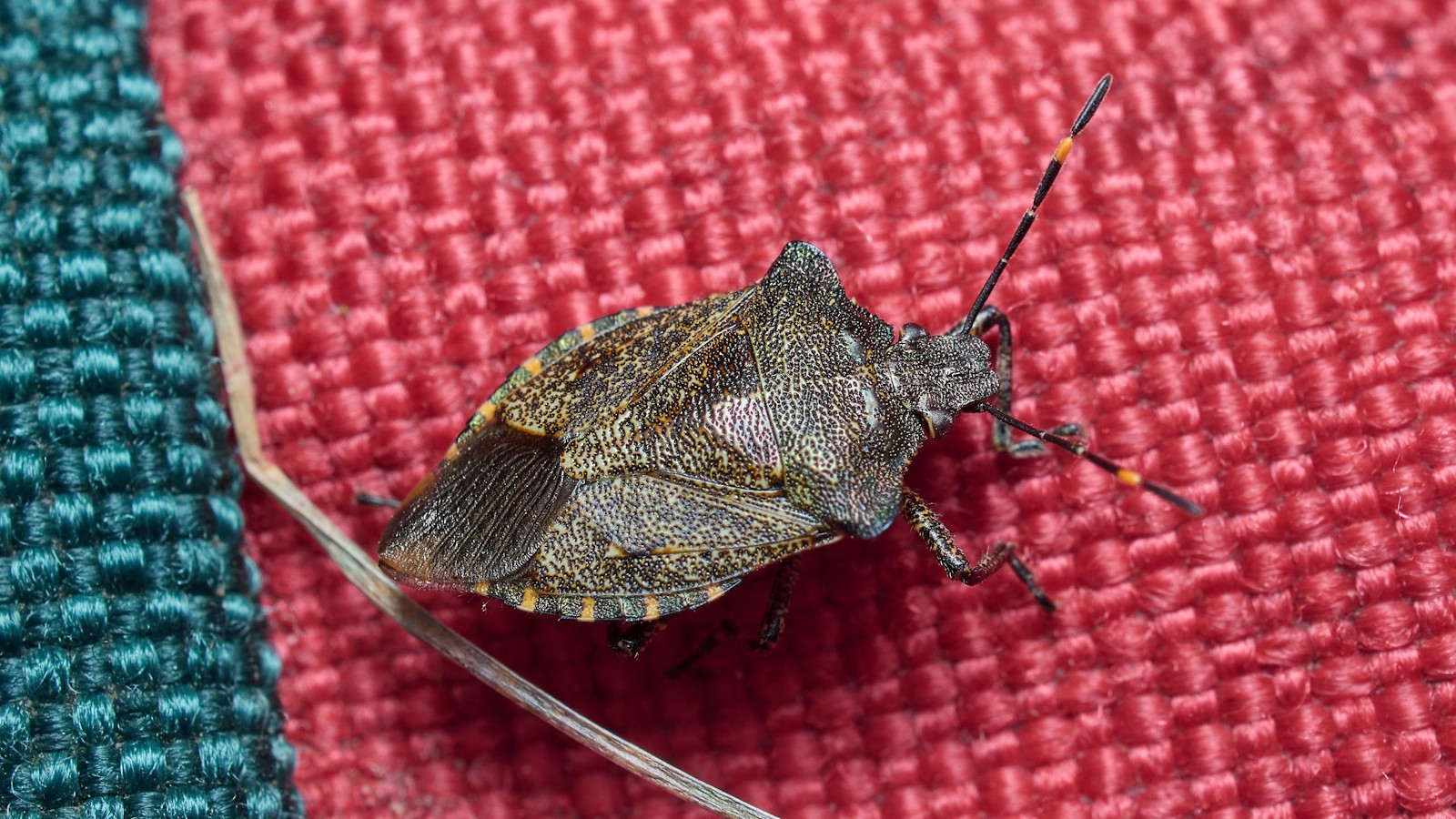

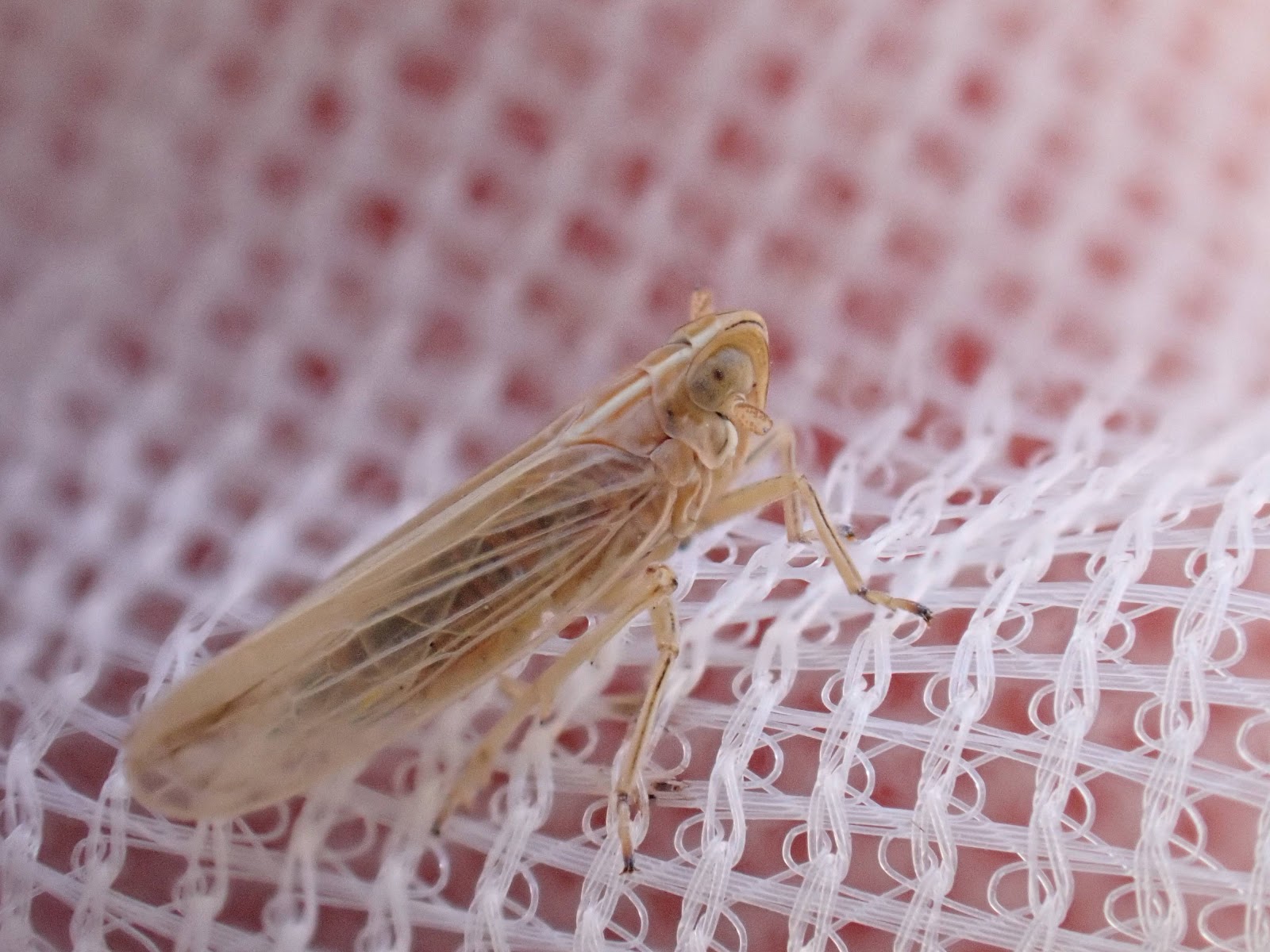





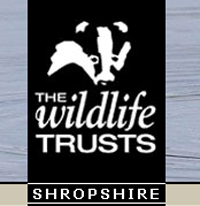

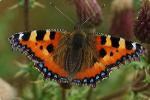




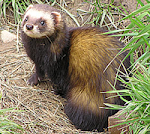

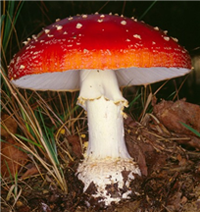





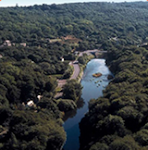






No comments:
Post a Comment
Please feel free to comment on this post...